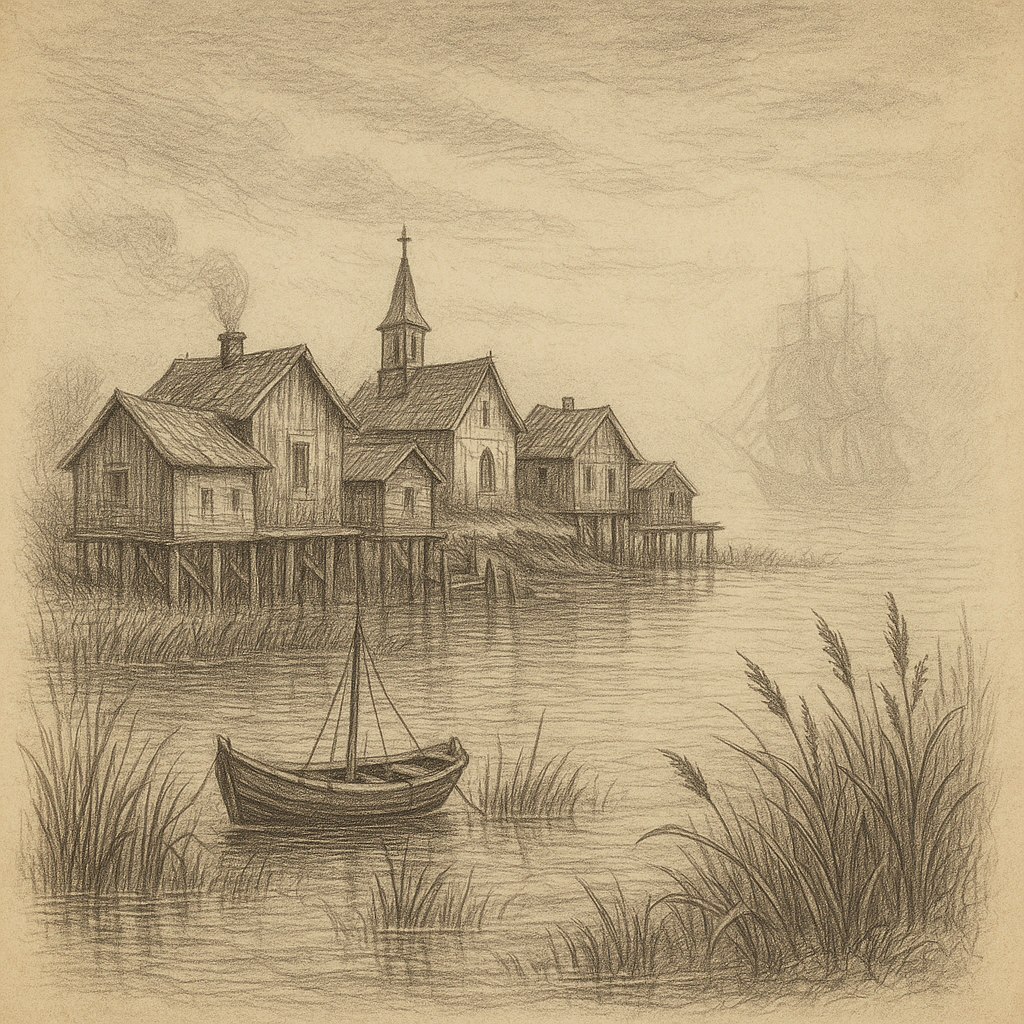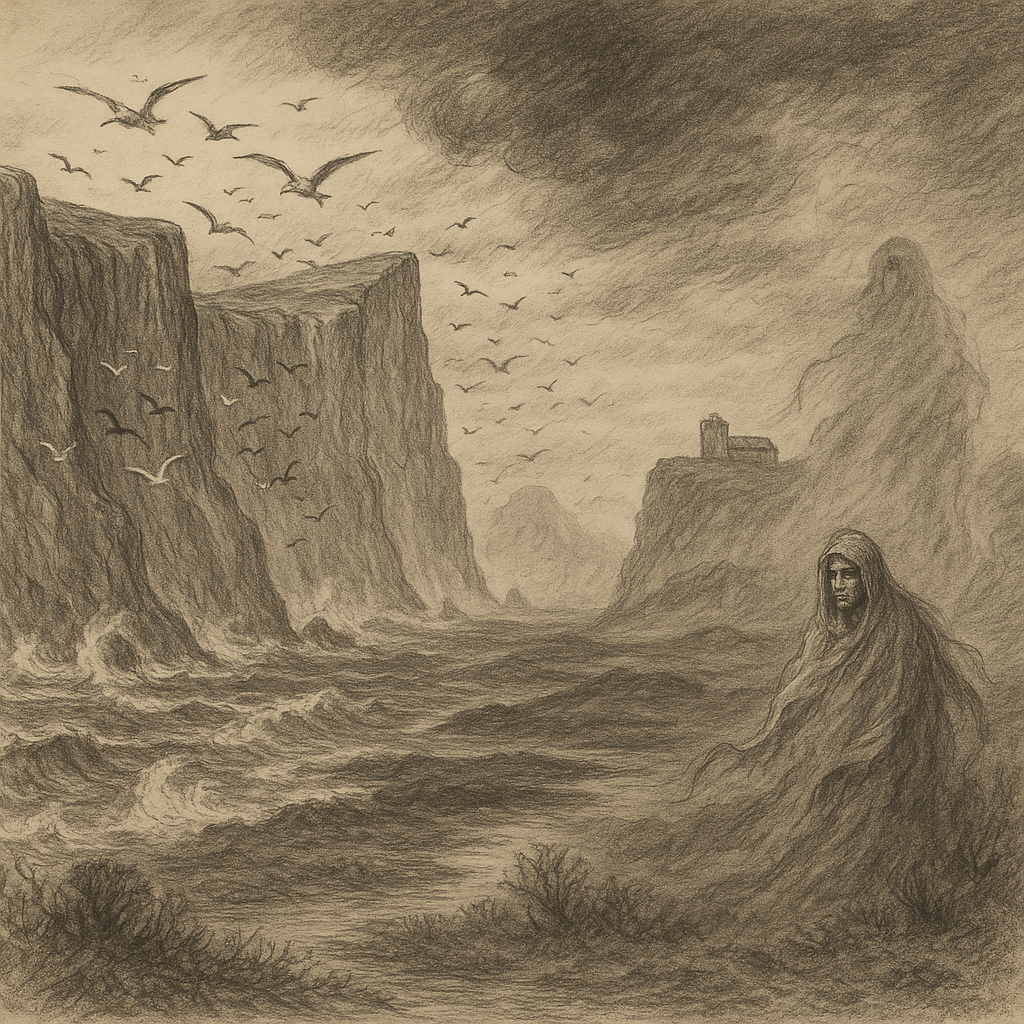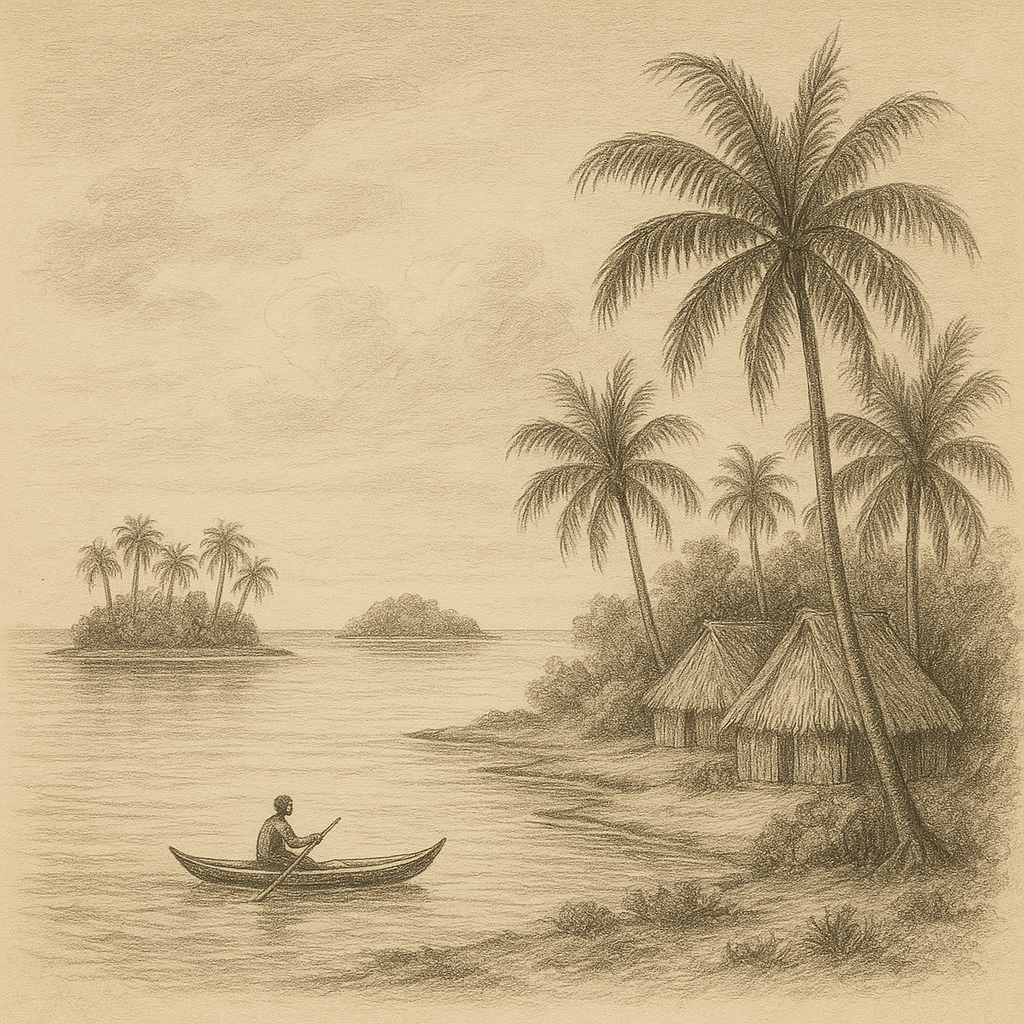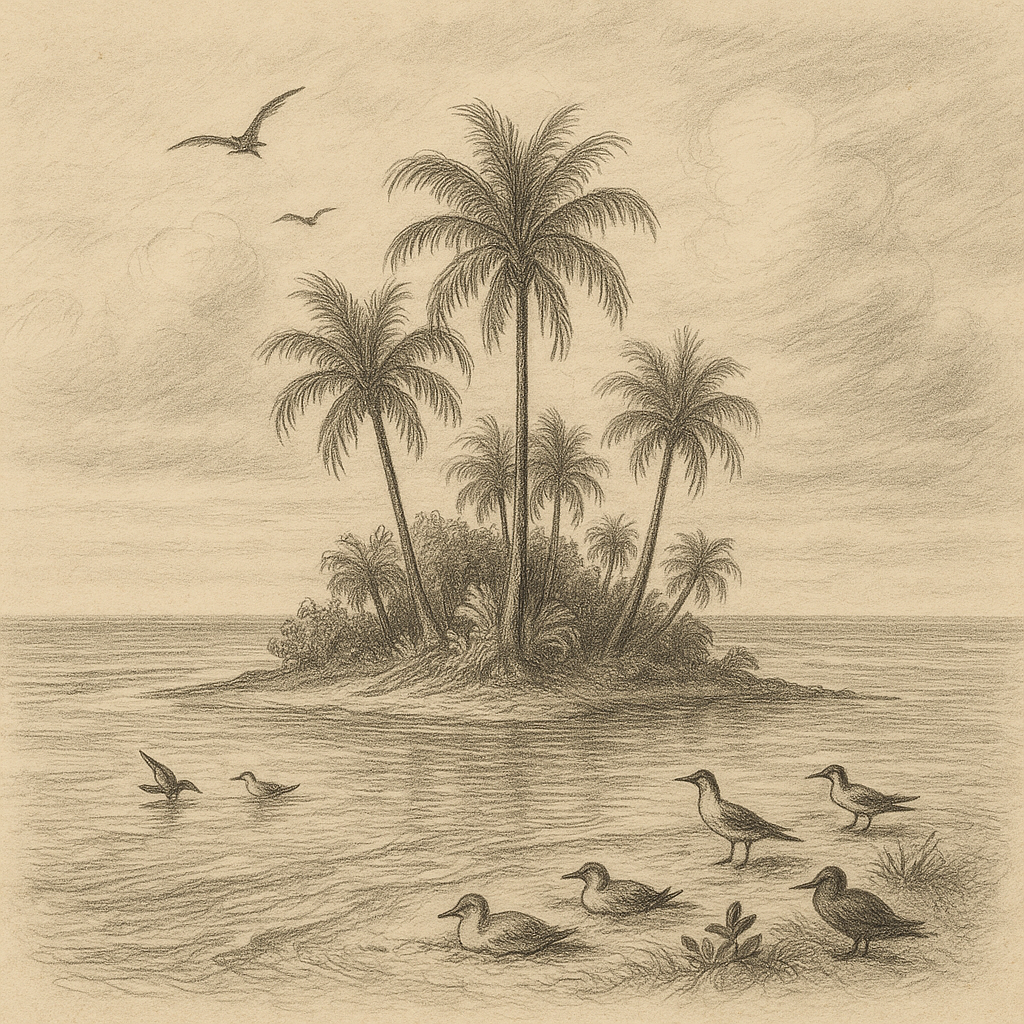Smith Island: A Remote Enigma in the Chesapeake Bay Smith Island, nestled in the heart of the Chesapeake Bay, is a secluded and captivating place that remains one of the most isolated inhabited islands in the United States. Known for its deep ties to American history, rich traditions, and resilient community, this remote island has captivated visitors and historians alike for centuries. Geographical Setting and Accessibility Smith Island lies approximately 16 kilometers (about 10 miles) offshore, accessible only by boat. It is situated on the border between Maryland and Virginia, with the Maryland side maintaining the only inhabited sections of the island today. The island spans roughly eight square miles, consisting of marshes, small patches of dry land, and a delicate network of creeks and inlets that make navigation both challenging and picturesque. Despite its proximity to the mainland, Smith Island’s isolation is profound. The island is only reachable via a ferry—primarily from the town of Crisfield, Maryland—or by private vessels. The absence of bridges or roads connecting it to the mainland enhances its charm but also contributes to the daily struggles faced by its small population. History and Cultural Heritage Smith Island was first settled in the 1600s by British colonists, mainly of English descent. Its name originates from Captain John Smith, who explored the area in the early 17th century. Over the centuries, the island’s population developed a rich and distinct culture, which is still reflected in their language, cuisine, and customs today. Due to its isolation, the island has preserved a unique dialect—largely unwitnessed elsewhere in the United States—that bears traces of Elizabethan English. This linguistic anomaly has fascinated linguists and historians, contributing to the islanders’ sense of identity and pride. Religion also plays a central role in island life. The Methodist tradition, introduced in the 1800s, remains influential, creating a close-knit, faith-centered community. Ecology and Environment Smith Island’s environment is characterized by grassy wetlands, tidal creeks, and maritime forests. This fragile ecosystem plays a key role in supporting the biodiversity of the Chesapeake Bay. The island’s marshes serve as nurseries for fish, blue crabs, and other marine life vital to the bay’s intricate web of ecological relationships. Smith Island is particularly known for its blue crab harvest. Crabbing has long been the cornerstone of its economy, providing both sustenance and identity. However, rising sea levels and increased erosion have posed significant threats to the ecosystem. In fact, climate change and land subsidence have led to the gradual shrinking of the island, sparking numerous debates about ongoing restoration efforts and the future sustainability of the island community. Life on the Island The permanent population of Smith Island is now fewer than 200 residents, divided among three main villages: Ewell, Rhodes Point, and Tylerton. With no car ferries, transportation is largely limited to golf carts, bicycles, and boats. Life here is slow-paced and deeply rooted in tradition, with many families tracing their ancestry back eight or more generations. Modern amenities exist, but in limited capacity: a few local stores, churches, and a small school that combines elementary and middle school grades. High school students often move to the mainland to continue education, contributing to the ongoing population decline. Despite these challenges, the islanders retain a remarkable sense of community. Seasonal festivals, church picnics, and community crabbing days foster unity and cultural continuity. Attractions and Points of Interest Visitors to Smith Island often remark on its tranquil beauty and the nostalgic feeling that permeates every inch of the landscape. A key attraction is the Smith Island Cultural Center in Ewell, which showcases local history, artifacts, and the significance of island traditions. Another must-see is the famous Smith Island Cake—Maryland’s official state dessert. This multi-layered cake, typically eight to ten thin layers with chocolate icing, has become synonymous with the island. Visitors can sample this culinary treasure at local bakeries or even learn to make it from islanders willing to share their family recipes. Eco-tours offer insights into the delicate ecosystems surrounding the island. Birdwatchers often marvel at the presence of osprey, herons, and egrets. Kayaking through the marshlands allows for a unique perspective on both the scenic beauty and the environmental vulnerability of the island. Legends and Folklore Smith Island is not without its share of legends and ghost stories that have been passed down through generations. One particularly popular tale involves the “Ghost Ship of the Bay,” said to appear on foggy nights near the watery border of Maryland and Virginia. Locals claim this spectral vessel glows faintly and silently glides over the water, vanishing before it can be approached. Another enduring legend tells of a hidden trove of colonial gold buried somewhere on the island, left behind by pirates or early settlers fleeing British troops. While no gold has ever been found, the story continues to capture the imagination of adventurers and writers alike. Oral storytelling remains a vibrant part of the Smith Island tradition. Elders often recount tales of eerie lights in the marshes, strange noises in the night, and even sightings of mythical sea creatures. Challenges and the Future The future of Smith Island is uncertain. Erosion and rising seas continue to eat away at the land, prompting state and federal government initiatives aimed at preserving the island’s landmass and infrastructure. In recent years, marshland restoration projects and upgraded flood defenses have offered rays of hope. Education and job opportunities also influence the exodus of younger generations. However, sustainable tourism and local craftsmanship have emerged as potential avenues for economic revitalization. In 2022, renewed efforts to digitize the island’s history and promote its unique culture to a global audience began taking root. Documentaries, podcasts, and social media channels now play a growing role in preserving the legacy of Smith Island for future generations. Conclusion Smith Island stands as a living testament to resilience, heritage, and the enduring spirit of coastal communities. Though geographically isolated, its rich cultural tapestry and environmental significance make it a notable gem in the Chesapeake Bay. Whether drawn by history, natural beauty, or the longing for retreat from modern life, those who visit Smith Island often find themselves deeply moved by its silent strength and unwavering soul.

Smith Island
Do you like my work? Buy Me A Coffee
Do you like my work? Buy Me A Coffee
-

Bjørnøya
## Bjørnøya: The Remote Arctic Island of Mysteries Bjørnøya, also known as Bear Island, is a remote and windswept island located in the Barents Sea, halfway between mainland Norway and the archipelago of Svalbard. Despite its isolation and harsh environment, it holds a significant place in the Arctic region’s geography, history, and mythology. Here are…
-

Pukapuka Island
Pukapuka Island: A Remote Jewel in the South Pacific Pukapuka Island, often considered one of the most isolated and culturally rich islands in the South Pacific, is part of the northern group of the Cook Islands. Known for its remote location, preserved traditions, and unique language, Pukapuka offers a rare glimpse into a Polynesian society…
-

Rene Island
Introduction Rene Island is a tiny and remote coral atoll nestled in the Indian Ocean, part of the Seychelles archipelago. While largely unknown and practically inaccessible to the average traveler, this secluded island holds a haunting charm, characterized by untouched nature, elusive history, and a breathtaking lagoon that captivates even the most seasoned explorers. Though…
by
Tags: